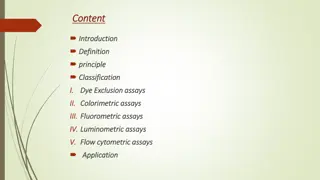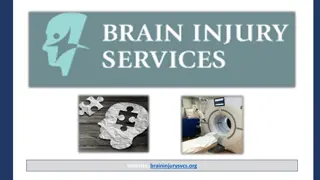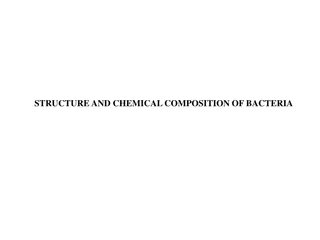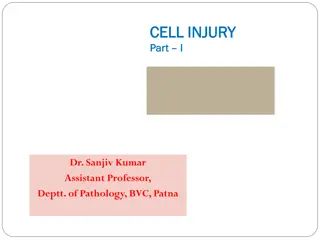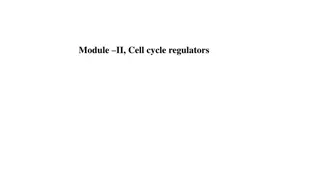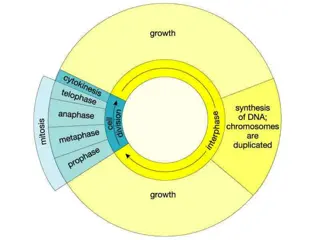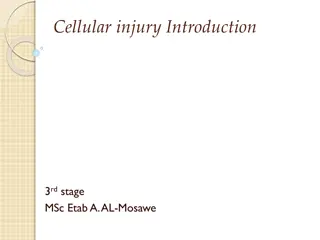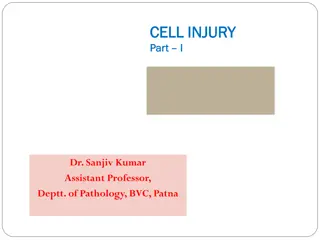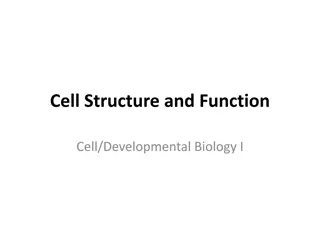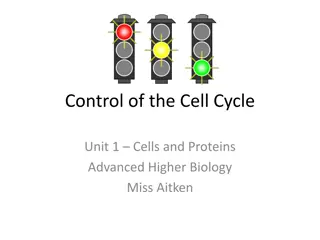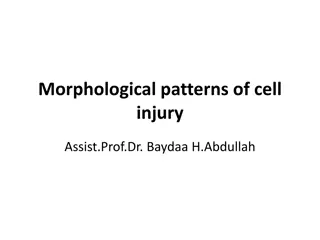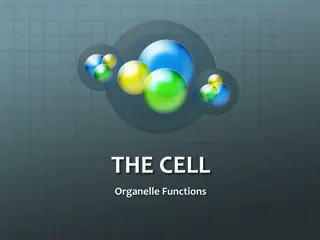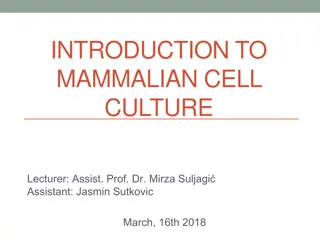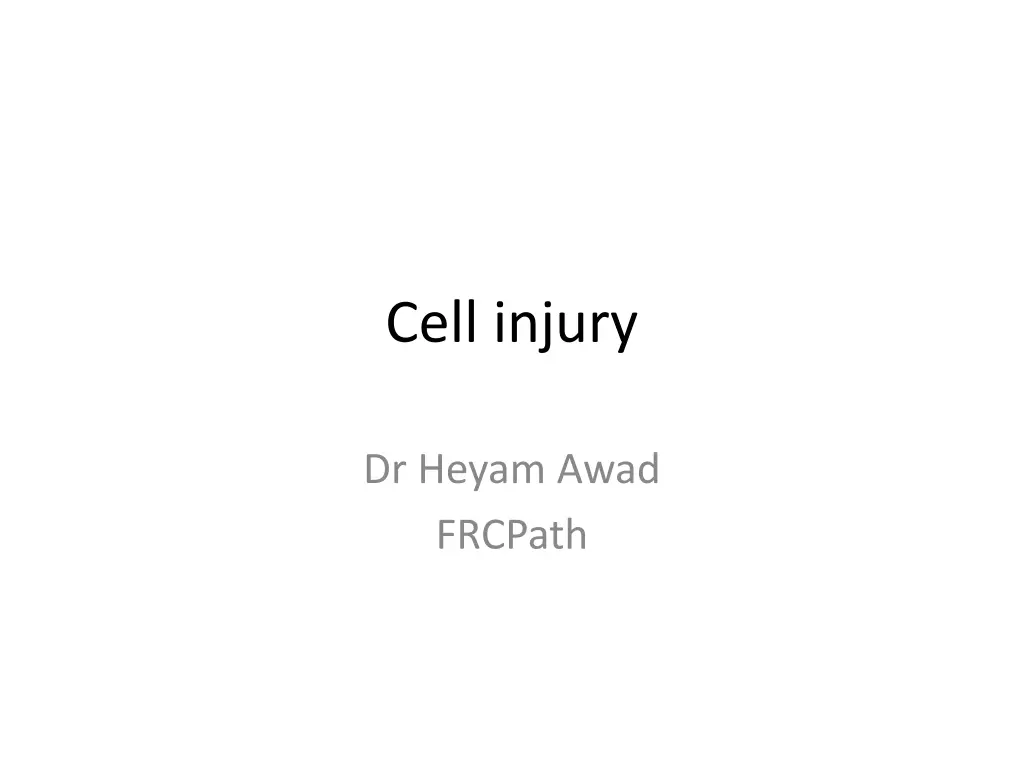
Understanding Cell Injury and Causes: Insights by Dr. Heyam Awad
Explore the mechanisms of cell injury, including chemical agents, infections, genetic factors, and more, as discussed by Dr. Heyam Awad, FRCPath. Learn about the impact of oxygen deprivation, rules and principles governing cell responses to injuries, and examples like ischemia of the heart. Gain insights into cellular changes at various levels and understand the crucial factors influencing cell injury outcomes. Discover the intricate details of how cells respond to injurious stimuli based on type, duration, severity, adaptability, and genetic makeup, shedding light on essential cellular components like mitochondria, calcium homeostasis, and protein synthesis.
Download Presentation

Please find below an Image/Link to download the presentation.
The content on the website is provided AS IS for your information and personal use only. It may not be sold, licensed, or shared on other websites without obtaining consent from the author. If you encounter any issues during the download, it is possible that the publisher has removed the file from their server.
You are allowed to download the files provided on this website for personal or commercial use, subject to the condition that they are used lawfully. All files are the property of their respective owners.
The content on the website is provided AS IS for your information and personal use only. It may not be sold, licensed, or shared on other websites without obtaining consent from the author.
E N D
Presentation Transcript
Cell injury Dr Heyam Awad FRCPath
Causes of cell injury/ 1 Chemica agents Infections. Immunologic Genetic factors Nutritional imbalances Physical agents Aging.
Causes of cell injury/ 2 Oxygen deprivation.. Hypoxia and ischemia. Hypoxia= oxygen deficiency Ischemia = loss of blood supply due to impaired arterial flow or reduced venous return. -Ischemia is the most common cause of hypoxia. -Other causes of hypoxia: *reduced oxygen carrying capacity in anemia or carbon monoxide deficiency. *inadequate oxygenation of the blood as in pnumonia.
Rules and principles/ 1 Cell response to injurious stimuli depend on type, duration and severity of the injury. Example: low dose of a toxin can cause reversible injury whereas larger dosed can cause cell death. Short-lived ischemia.. Reversible Ischemia of long duration death
Rules and principles/ 2 Response to injury also depends on type, status, adaptability and genetic makeup of the injured cell. Example: skeletal muscle cells can stand 2-3 hours of ischemia without irreversible injury but cardiac muscles die in 20-30 minutes . Glycogen content in hepatocytes can determine their response to injury.. How? Genetic polymorphism in cytochrome P-450 influences response to toxins.
Rules and principles/ 3 Cell injury results from functional and biochemical changes in essential cellular components, mainly: Mitochondrial function Calcium homeostasis Cell and organelle membranes DNA Protein synthesis and folding.
Rules and principles/ 4 All injurious stimuli first affect the molecular or biochemical level. Cellular functions lost before cell death occurs. The morphologic changes of cell injury (or cell death) occur very late.
Rules/4 example Ischemia of the heart coronary artery occlusion. Myocardial cells loose function ( become non- contractile) after 1-2 minutes of ischemia. They die 20-30 minutes after ischemia. It takes 2-3 hours to recognise ultrastructural changes of death (EM) 6-12 hours by light microscope to appear dead.
Morphology of reversible cell injury Cellular swelling : due to failure of energy- dependent ion pumps in the plasma membrane causing inability to maintain ion and fluid homeostasis. Fatty change : small or large lipid vacuoles (hepatocytes and myocardial cells)
Cell swelling The first manifestation of almost all forms of cell injury. Reversible. Grossly: organ affected becomes pale and gains weight. Micro: small clear cytoplasmic vacuoles which are distended endoplasmic reticulum.
Fatty change In cells participating in fat metabolism: hepatocytes and myocardial cells) Reversible Fat droplets.
Ultrastructural changes of reversible injury (EM) (1) plasma membrane changes such as blebbing, blunting or distortion of microvilli, and loosening of intercellular attachments. (2) mitochondrial changes such as swelling and the appearance of phospholipid-rich amorphous densities. (3) dilation of the ER with detachment of ribosomes and dissociation of polysomes. (4) nuclear alterations, with clumping of chromatin.
Mechanisms of cell injury ATP depletion Mitochondrial damage Calcium influx Oxygen derived free radicals membrane defects Damage to DNA and protein


